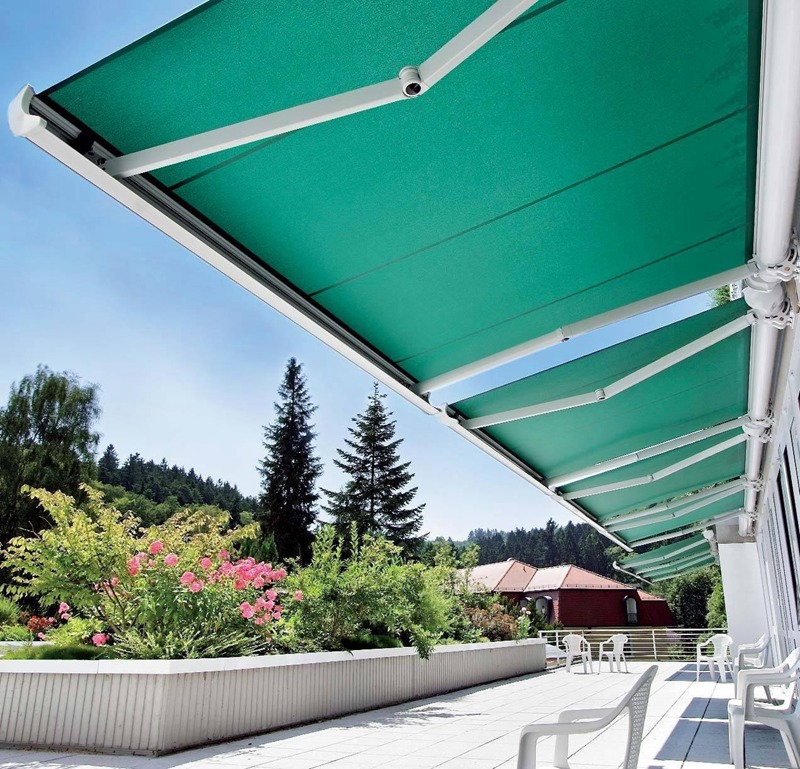· Fixed frame· Inward opening window· Outward opening window· Sliding window

When designing a sunshade system, we need to consider multiple factors comprehensively to ensure the practicality and aesthetics of the system. Here are some key steps and considerations for designing a sunshade system:
1. Clarify the requirements:
Determine whether the main purpose of the shading system is for shading, insulation, energy conservation, or for decoration and aesthetics.
Consider the functionality and usage needs of the building, such as residential, office, commercial, or industrial use.
2. Building orientation and structure:
Determine the areas that require shading based on the orientation of the building and the position of windows.
Consider the characteristics of the building structure, such as height, facade material, window height, etc., to ensure that the shading system is coordinated with the building structure.
3. Choose the appropriate shading method:
External shading: such as retractable roller blinds, outdoor blinds, etc., can effectively block direct sunlight and reduce indoor temperature.
Internal shading: such as curtains, blinds, etc., suitable for use when strong sunlight is not needed, while also protecting privacy.
Window design: If the hollow glass has a built-in sunshade film, it can reduce direct sunlight while maintaining indoor light.
4. Consider energy conservation and environmental protection:
Choose energy-saving sunshade materials, such as sunshade fabrics with strong reflectivity and insulation materials with good thermal resistance.
Consider using renewable energy sources such as solar or wind power to drive shading systems and reduce energy consumption.
5. Design and installation:
Design the appropriate size and shape of the shading system based on the building structure and window size.
Choose high-quality shading materials and accessories to ensure the stability and durability of the system.
Arrange a professional construction team for installation to ensure that the sunshade system can function properly and achieve the expected results.
6. Adjustment and control:
Consider using electric or manual adjustment devices to facilitate users in adjusting the angle and position of the shading system according to their needs.
Equipped with intelligent control systems such as light sensors, temperature sensors, etc., the shading system automatically adjusts according to changes in indoor and outdoor environments.
7. Maintenance and upkeep:
Regularly check the operation status of the sunshade system and replace damaged components in a timely manner.
Regularly clean sunshade materials to maintain their cleanliness and aesthetics.
8. Aesthetics and coordination:
When designing a sunshade system, it is important to consider its coordination with the exterior of the building to avoid abrupt or damaging the overall aesthetic.
You can choose shading materials and colors that match the exterior style of the building to enhance the overall aesthetic.
In summary, designing a shading system requires comprehensive consideration of multiple factors, including building orientation and structure, shading methods, energy conservation and environmental protection, design and installation, regulation and control, as well as aesthetics and coordination. Through careful design and installation, it is possible to ensure that the shading system is both practical and aesthetically pleasing, providing a comfortable and energy-efficient environment for buildings.